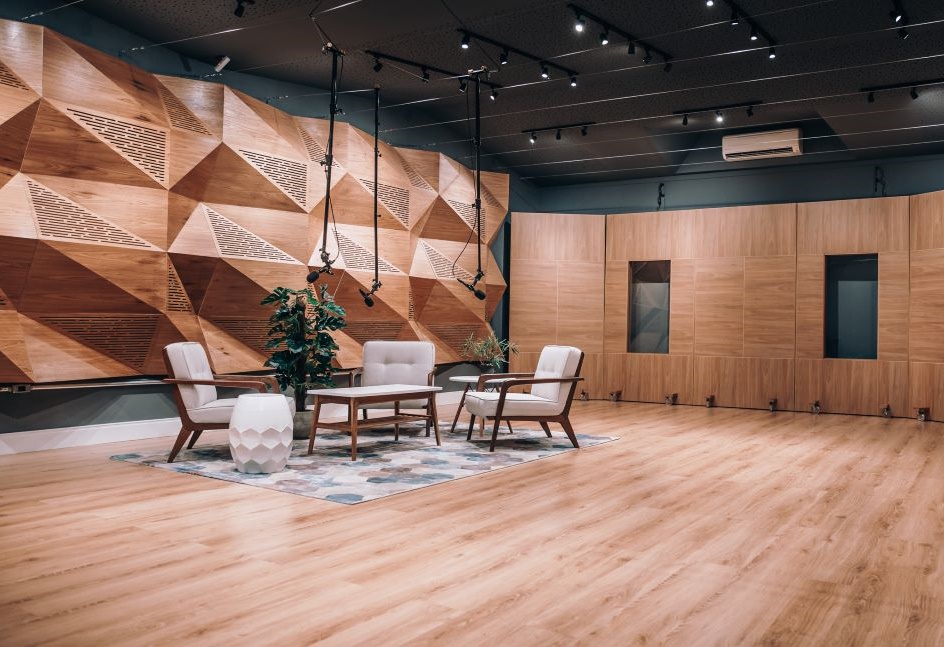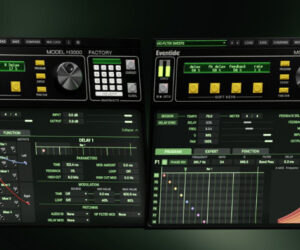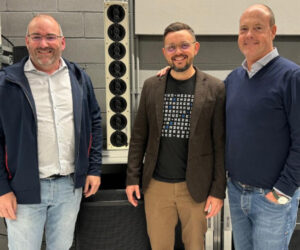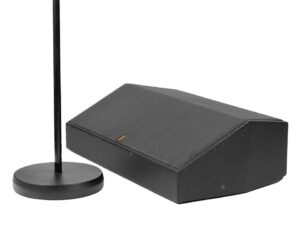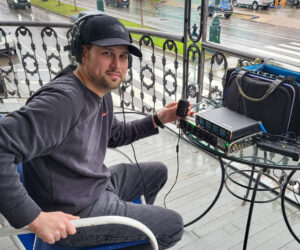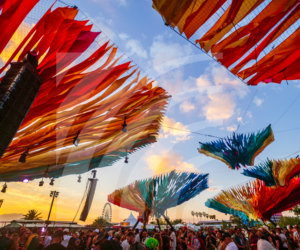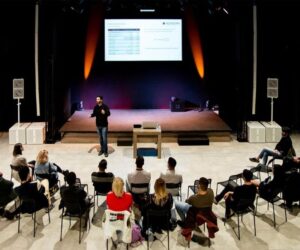Jacarandá Group, a production company in São Paulo, Brazil that specializes in large recording sessions for classical and jazz music that often feature orchestras and big bands as well as supporting remote recordings and more, regularly deploys a selection of microphones from DPA in both its studio and live projects.
The company was founded in 2008 by audio engineers Julian J. Ludwig and Alberto Gebhard joined by video specialist Alberto Whyte with the goal of offering high-quality sound and video services that are also affordable for local artists. As a microphone collector and DPA user for more than 20 years, Ludwig has amassed models that include the brand’s 4011 cardioid and 4017 shotgun mics.
The Jacarandá Group team also has two each of the d:facto 4018V vocal and 4006 omnidirectional mics, as well as the 4041-SP mmnidirectional large diaphragm, 4099 instrument and 2011 twin diaphragm cardioid models, along with legacy 4021 cardioid and 4007 omnidirectional mics.
“I have always been a fan of DPA,” says Ludwig. “What stands out first and foremost is the excellent sound, of course, DPA mics have a very natural sound. They have a character that is very interesting, especially when we work with jazz recordings or classical music. It makes it possible for us to retain the original qualities of an instrument without introducing the specific color of a microphone. The DPA mics handle all the technical specifications and requirements, which allow us to deliver the proper signal-to-noise ratio on the amplifiers. I also like that the brand’s pencil microphones have modularity, so I can select the amplifier and capsules according to our needs.”
Gebhard points to the reliability of the mics: “Brazil is a very big country with different climatic environments, often being very humid, so our equipment needs to hold up to the varying weather conditions of our country and the places we travel to. With DPA, the mics can be used at a large, historic concert hall one day and the next in a bar with drinks being splashed on them. We need microphones that not only sound great, but also hold up under less-than-favorable conditions because the show must go on.”
Most frequently working in the studio, Ludwig notes that his assortment of DPA mics come in handy for various demands. “When I want to spot the bass section in a classical recording, the low-end extension of the DPA 4006 omnis are great,” he explains. “I often use the 4006 together with the 4011 in a phased array to record an orchestra, or on a Decca Tree made of 4006 Omnis. The 4018s are also very useful in situations where we need a little bit of a rejection or for times where leakage might be a problem. If we are carrying out audio-visual work, like a podcast recording where we are using microphones that come down from the ceiling, we will use the 4018 or the 4017 shotgun mics.”
By contrast, Gebhard focuses on live sound in employing the mics at venues throughout South America and around the world. “When we need to record or capture a concert locally, I always take my DPA 4011s,” he says. “When I’m doing gigs, I always ask for the 4099 because it is an incredible instrument microphone that works amazingly well, especially on drums. If I could, I would just have a bag with 20 of those for concerts and be happy. For the past 20 years, I have never had problems with DPA mics. They are always good to go and our first choice whenever possible.”


